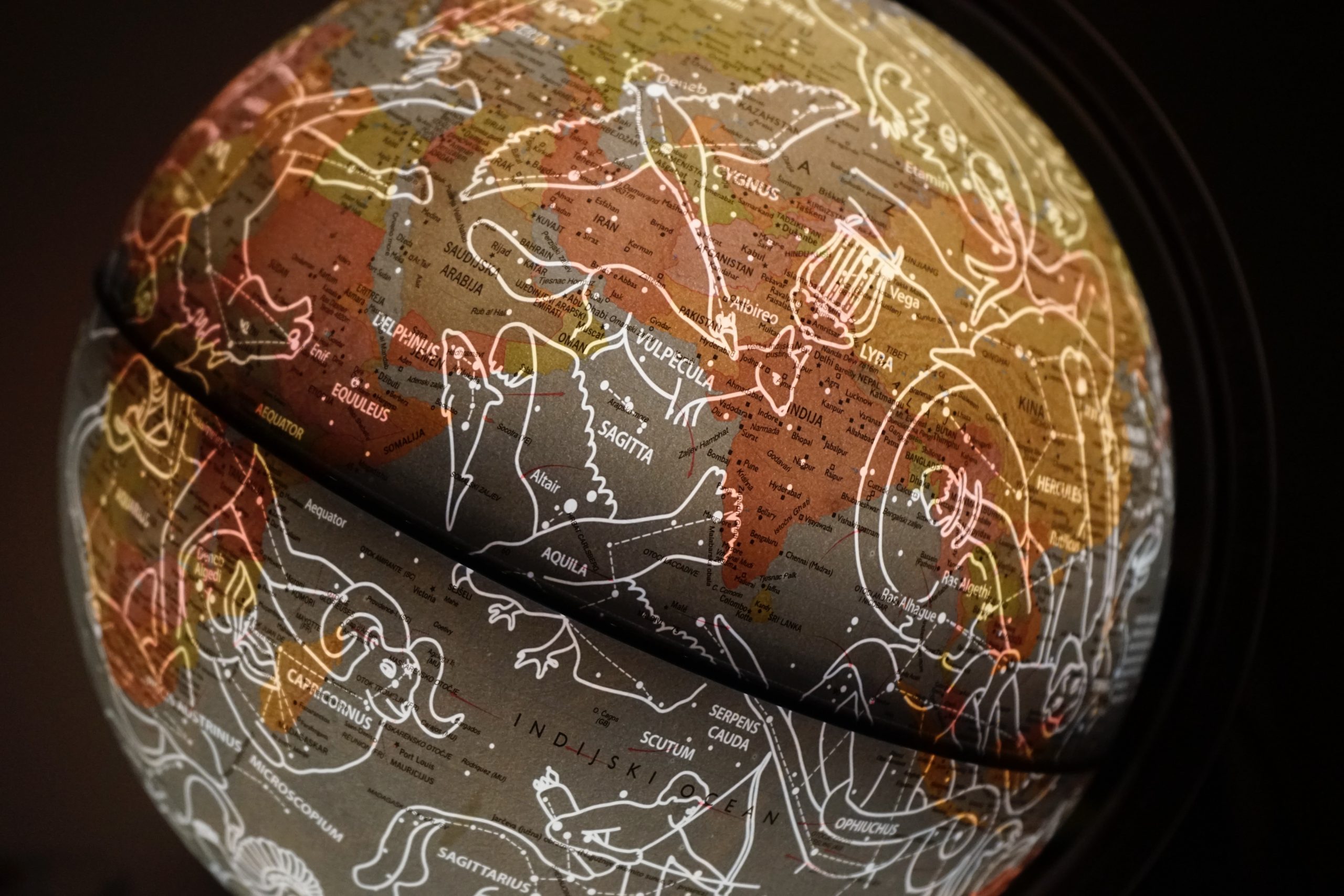The Moon Effect Today: Exploring the Impact of Earth’s Satellite
The Moon, Earth’s celestial companion, has captivated human beings for centuries. Its luminous glow, mesmerizing phases, and enigmatic impact on our planet continue to inspire awe and curiosity. While we may not fully understand all of its mysteries, scientists have made significant progress in unraveling the moon’s effect on Earth. In this blog post, we will delve into the various aspects of the Moon effect today and explore its influence on our planet and its inhabitants.
Table of Contents
- Moon Phases
- Tides and Gravitational Pull
- Earth Stabilization
- Climate and Weather Patterns
- Biology and Lunar Cycles
Moon Phases
The moon’s various phases, from new moon to full moon and back again, have long fascinated humans. These phases are a result of the sun’s illumination of the lunar surface as seen from Earth. As the moon orbits around our planet, its position relative to the sun causes different amounts of the illuminated portion to be visible, leading to the distinct phases we observe.
The lunar cycle, which lasts approximately 29.5 days, holds significance in many cultures and religious traditions. Farmers, sailors, and even modern-day astronomers rely on the moon’s phases for various purposes. For example, farmers may use the moon as a guide for planting crops, while sailors have traditionally used moonlight to navigate the seas.
In addition to its cultural and practical significance, the moon’s phases also have an impact on Earth’s tides.
Tides and Gravitational Pull
The gravitational interaction between the Earth and the moon leads to the phenomenon we know as tides. The moon’s gravitational pull creates a tidal force, which causes a bulge of water on the side of Earth facing the moon and a corresponding bulge on the opposite side. This creates two high tides and two low tides every day.
The strength of the moon’s gravitational pull varies slightly depending on its position relative to Earth. When the moon is directly overhead or on the opposite side of the planet, during a new moon or full moon, the gravitational force is at its strongest. These are known as spring tides.
Conversely, when the moon is at a right angle to the sun, during the first and last quarter moon phases, the gravitational pull partially cancels out the sun’s influence. This results in weaker tides known as neap tides.
| Tide Type | Explanation |
|---|---|
| Spring Tide | Strongest tides during new moon and full moon phases |
| Neap Tide | Weaker tides during first and last quarter moon phases |
These tidal variations influenced by the moon’s position are not solely limited to bodies of water but can also impact the Earth’s crust.
Earth Stabilization
The moon has an intriguing stabilizing effect on Earth, primarily through its gravitational interaction. Without the moon’s presence, Earth’s axial tilt would be much more erratic, leading to unstable climate conditions and extreme weather patterns.
The moon’s gravity acts as a stabilizer that helps maintain Earth’s tilt at around 23.5 degrees. Our planet’s tilted axis is what gives us the seasons we experience throughout the year. The moon’s presence prevents excessive variations in this tilt, creating a relatively stable climate.
The stability provided by the moon’s gravitational influence also affects the planet’s rotation. Over long timescales, the moon’s gravity slows down Earth’s rotation, resulting in a lengthening of our day by approximately 2.3 milliseconds per century.
Climate and Weather Patterns
While the moon’s direct influence on weather patterns is limited, it does have subtle effects on Earth’s climate. One of the most notable impacts is the modulation of the Earth’s axial tilt, as discussed earlier.
Additionally, the moon’s gravitational pull contributes to a phenomenon known as the lunar tidal cycle. This cycle affects both the atmosphere and the oceans, potentially influencing weather systems. Some studies suggest a correlation between certain lunar phases and increased storm activity, although the exact mechanisms involved are still not fully understood.
It’s important to note that while the moon may play a role in shaping climate and weather patterns, it is just one of numerous factors in this complex system. Factors such as solar radiation, ocean currents, and greenhouse gas concentrations all have significant contributions to Earth’s climate.
Biology and Lunar Cycles
Beyond its gravitational and atmospheric effects, the moon’s cycles are believed to impact various biological processes. Many organisms, both terrestrial and marine, demonstrate behavioral and physiological changes linked to the lunar cycle.
For instance, some marine species, including certain species of coral and jellyfish, time their reproduction and larval release to coincide with specific lunar phases. Some animals, such as certain species of turtles and birds, use the moon as a navigational aid during migration.
Furthermore, the moon’s influence on biological rhythms is not limited to marine environments. Studies have shown correlations between lunar cycles and the behavior of certain insects, mammals, and even humans. While the exact mechanisms behind these correlations are still under investigation, it highlights the potential impact of the moon on Earth’s biodiversity.
In conclusion, the moon’s effect on Earth is both profound and multi-faceted. From its gravitational pull shaping our tides to its stabilizing influence on our climate and the intriguing connections with biological cycles, the moon continues to exert its influence on our planet today. Exploring and understanding these effects deepens our appreciation for Earth’s intricate relationship with its celestial neighbor.
For more information on lunar phases and their impact, please visit this NASA webpage.
Table of Contents
